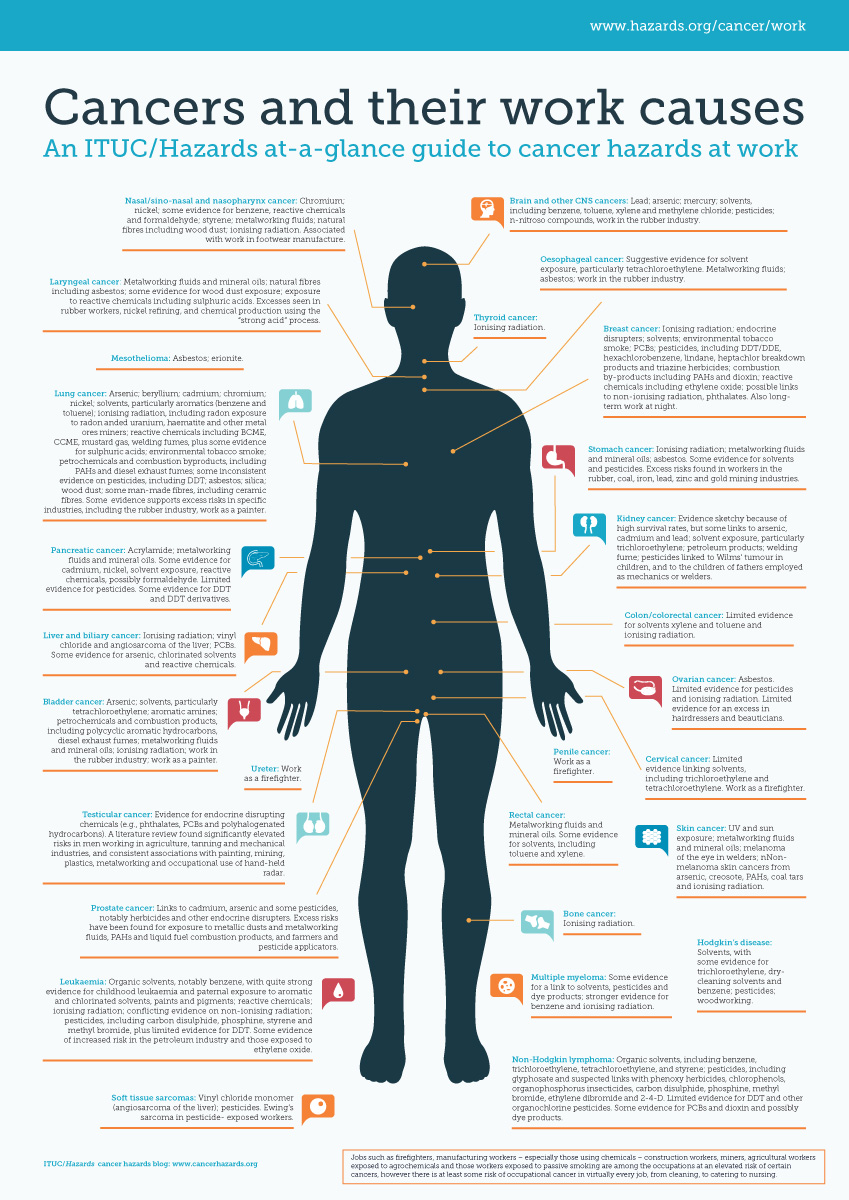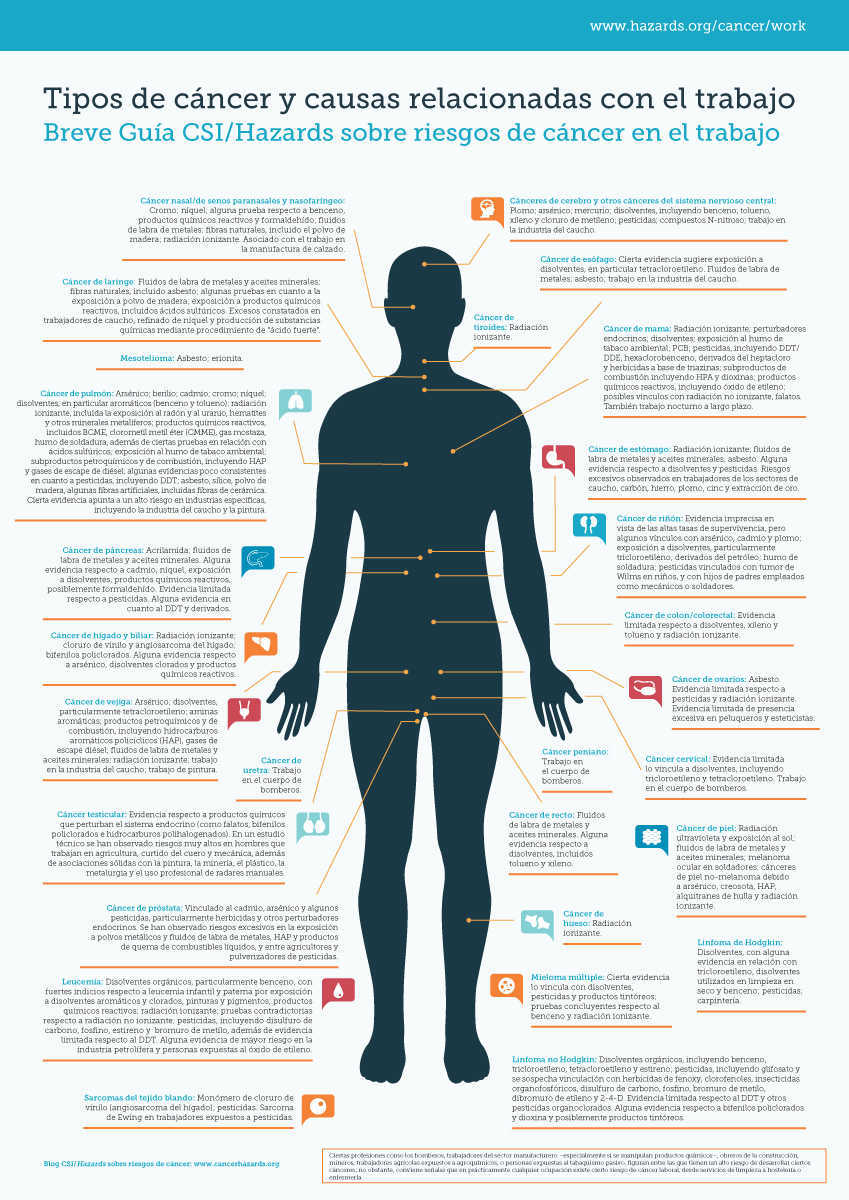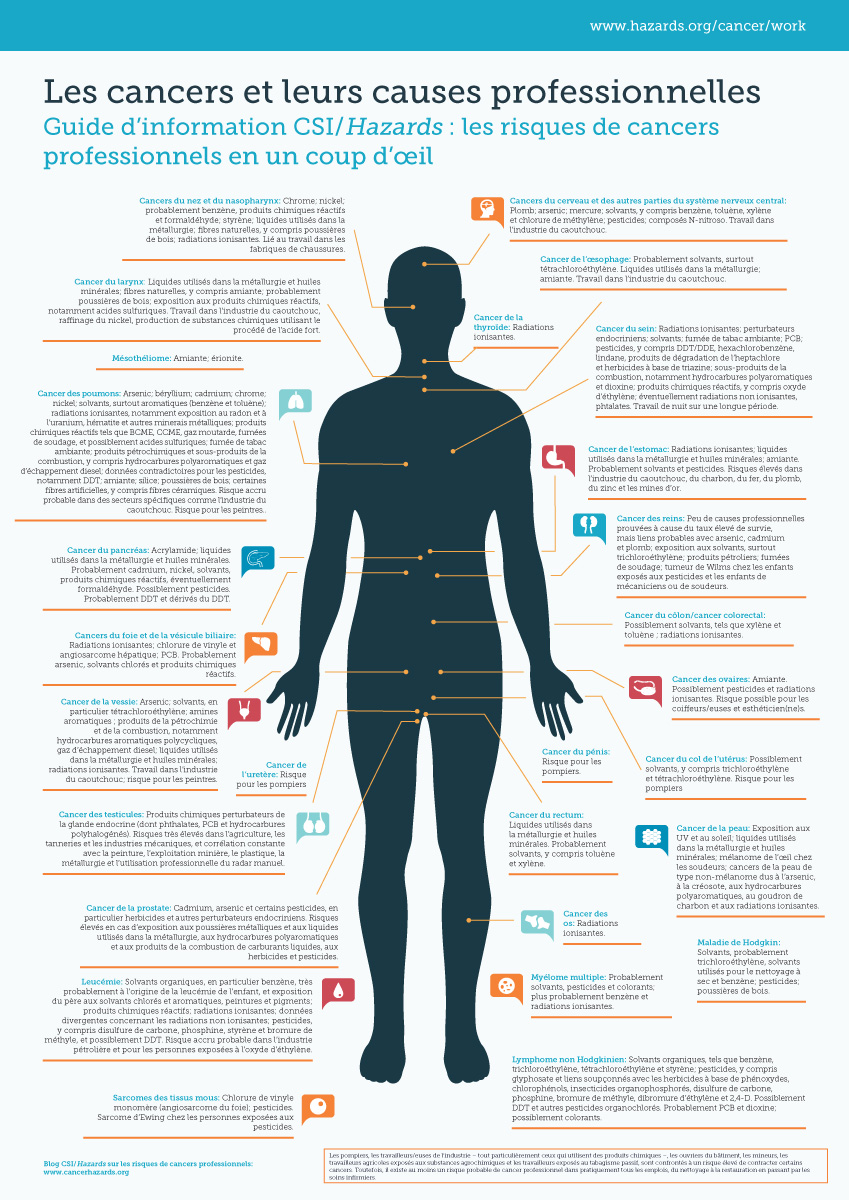Firefighters’ unions have played a central role in a successful push to get a cancer-linked chemical banned under a United Nations treaty.
Governments at a Stockholm Treaty meeting in Geneva agreed to the global ban on PFOA/PFAS, fluorinated chemicals linked to cancer and reproductive harm that does not break down and causes adverse health effects at background levels.
Unions and environmental campaigners welcomed the ban, but criticised “unjustified” five-year exemptions for PFOA use in semiconductor manufacturing, firefighting foams, fire-resistant textiles claimed to protect workers, photographic coatings for films, and medical devices.
Additionally, China, the European Union and Iran obtained wide-ranging exemptions for fluorinated polymers, medical textiles, electrical wires, and plastic accessories for car interior parts.
“From a firefighter’s perspective, we know we have significantly raised PFAS levels in our blood,” said Commander Mick Tisbury of Australia’s United Firefighters Union (UFUA). “We feel we have a ticking time-bomb in our bodies; we do not know when it will explode or even if it will explode – we just want the bomb removed!”
Governments agreed special controls on PFOA-containing firefighting foams, prohibiting production, export or import and not permitting their use in training.
Before the meeting, industry fire experts and firefighters released a new report demonstrating that cost effective fluorine-free firefighting foams meeting regulatory standards and have been widely adopted by world-class airports and major companies.
“Governments should listen carefully to industry fire safety professionals and firefighters who actually put out fires and rapidly move to phase out fluorinated firefighting foams,” said Pamela Miller, co-chair of IPEN, a network of environmental and chemical safety campaigns. IPEN worked closely with firefighters’ unions to press for the PFOA ban.





 In a high profile new campaign, the global trade union confederation ITUC is calling for killer chemicals to be shown the door.
In a high profile new campaign, the global trade union confederation ITUC is calling for killer chemicals to be shown the door.